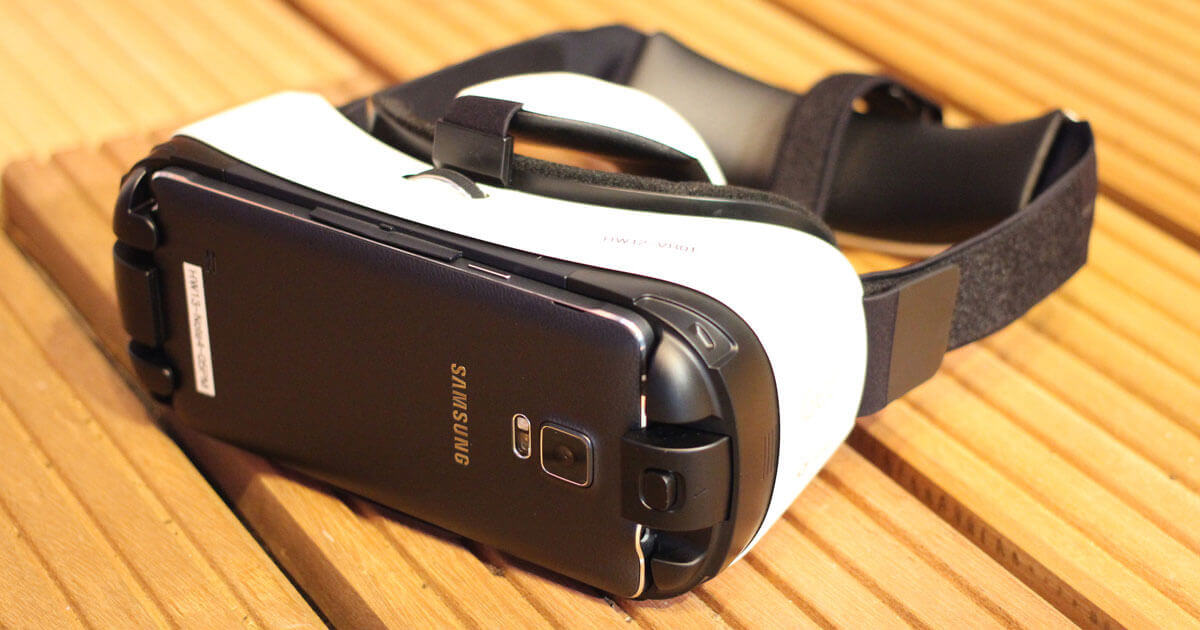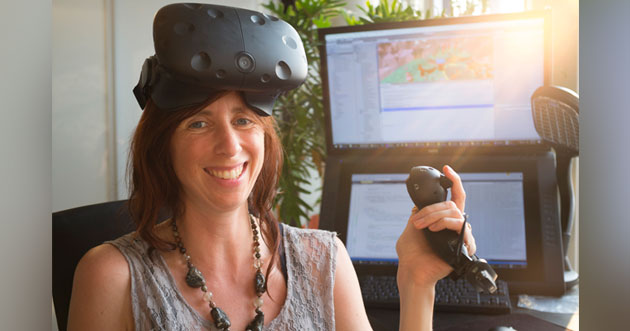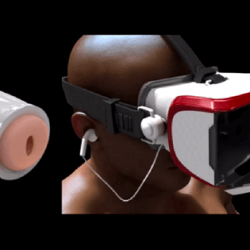Could VR Therapy Help Survivors Heal from Sexual Trauma Faster?
Virtual reality may create the safe spaces needed to overcome assault.

One of the challenges sexual assault survivors face is finding a safe place where they can process and hopefully recover from the experience.
But difficulty overcoming the trauma is magnified when an attack is emotionally tied to common locations. This can make progress healing especially hard, if not nearly impossible, as devastating anxiety can come from stepping into a bar, restaurant, classroom, office, or anywhere connected to or bearing resemblance to the initial assault.
Controlled exposure
A woman who is traumatized by a sexual assault will often avoid parties or social events they associate with the attack,” psychologist Claudie Loranger told Motherboard. “The first step in getting over this is exposing yourself to the places you’re avoiding.
Loranger has been developing a possible solution: a virtual reality recreation of the sexual assault itself. She’s carrying out this project with a team at the Cyberpsychology Laboratory at the Université du Québec en Outaouais (UQO) in Canada.
Desensitization has long been a valuable tool in overcoming a wide range of psychological conditions. The idea is that exposing patients to the source of their anxiety in small, controlled will eventually reduce the emotional discomfort associated with it.
Virtual reality seems almost an ideal medium to take on trauma from sexual assault. It could give patients the opportunity to revisit the experience in a safe environment—with the option to end the simulation with just the flip of a switch.
Reclaiming intimacy
Speaking again to Motherboard, Loranger added that extreme care must be taken when treating sexual assault survivors:
All trauma is difficult, but cases of sexual abuse are even more challenging because it’s the person’s intimacy that has been affected. So the exposure has to be done in an extremely respectful manner.
VR is already being used to help desensitize people who suffer from intense phobias. It’s even being used as a tool in the fight against homophobia, though there are still some technical issues that need to be worked out.
Problems and solutions
One of the largest hurdles to experiencing virtual reality is the cost: a high-end VR rig can cost several thousand dollars, putting it out of the price range of most therapists.
The second is the ongoing challenge of the uncanny valley, which is the tendency for computer-generated imagery appearing human, but not quite, to provoke feelings of disgust. This can break the feeling of being immersed in another world and the recreation’s potential efficacy.
The cost issue will become less of a barrier when the price of the technology eventually drops, putting it within affordable reach of healthcare professionals. The troubles stemming from attempting to create photorealistic imagery will likely also fade away once more progress in the field takes place and the art of making lifelike human simulations further develops.
Promise for the future

VR therapy won’t be effective for everyone. However, it offers incredible possibilities and could soon become an important tool medical professionals will have at their disposal.
In fact, in just a few years it could be a regular feature in the treatment of a wide range of psychological conditions, including depression and anxiety.
But more importantly, through the work of Claudie Loranger and the Cyberpsychology Laboratory, it shows real promise in allowing those who have suffered sexual assault to find what they so often need: a precious safe place to work through what happened and, most of all, to heal.
Image sources: Maurizio Pesce, Colin and Sarah Northway
Leave a reply
You must be logged in to post a comment.

















